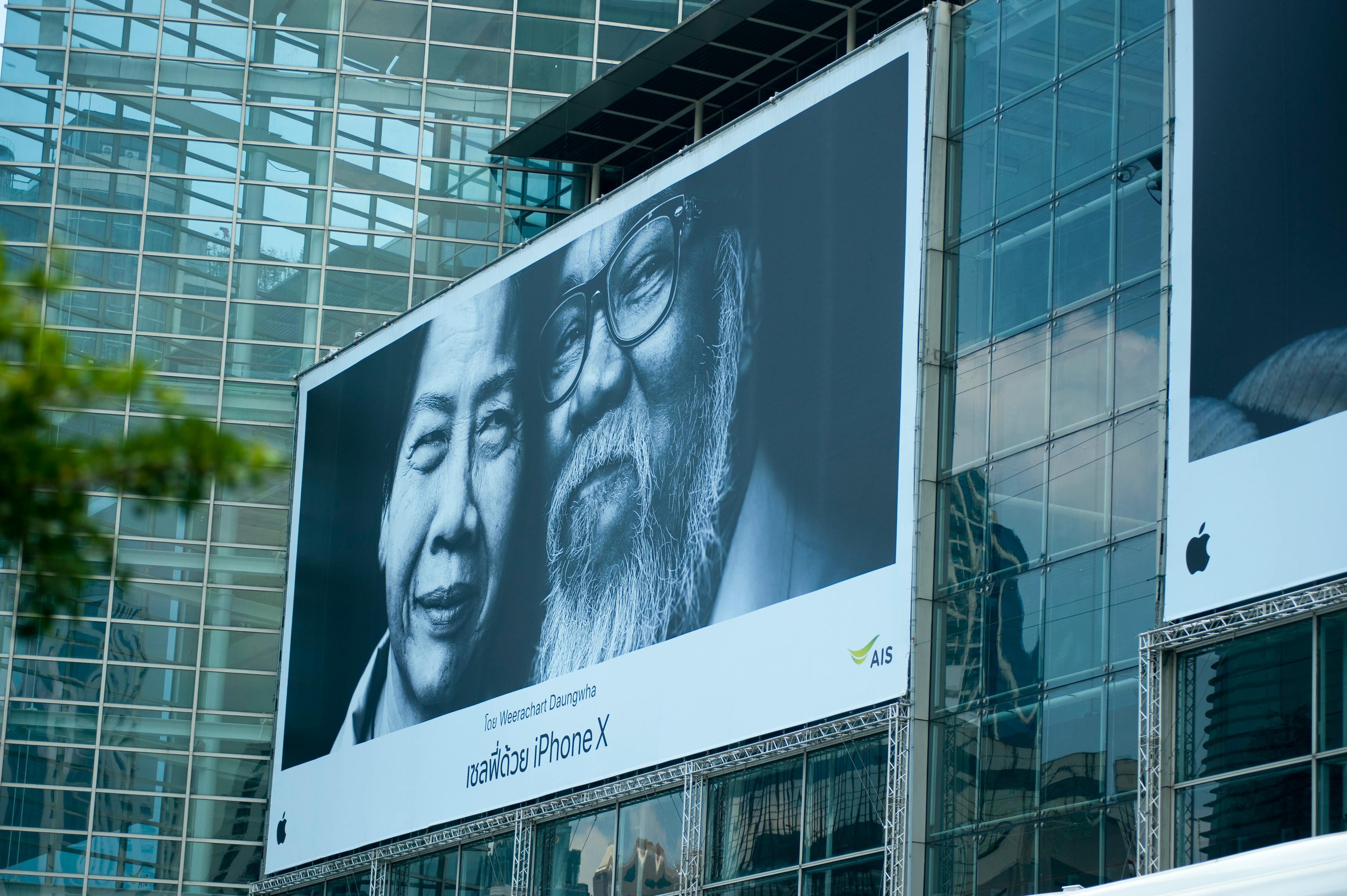
Why “Going Global” Still Gets Lost in Translation
Inside the Cross-Cultural Marketing Maze
You’ve seen it before.
A slick Western campaign lands in Tokyo perfectly translated, beautifully produced, and somehow… falls flat.
Or a Japanese brand tries to expand into Paris or New York, but the message feels oddly distant, or just plain confusing.
The visuals look right. The tagline sounds fine.
But something doesn’t click.
That something is culture.
In an age when marketing can cross continents in seconds, it’s ironic how often it still trips over meaning.
At Pont Miyabi, our multilingual team based in Japan (Japanese, English, French) come accross this issue every day. Companies don’t fail because they don’t communicate : they fail because they don’t connect.
So let’s unpack why cross-cultural marketing is so tricky and how to make it genuinely human.

The Global Illusion
Global reach used to mean running one campaign everywhere.
A catchy English slogan, maybe a translation or two, and done.
That used to work. But now...
Consumers today don’t just see ads, they decode them. They understand tone, humor, and subtext. They can tell when something was made “for them,” and when it was lazily repackaged.
What feels bold in New York might feel brash in Tokyo.
What sounds elegant in Paris might sound vague in English.
The world isn’t shrinking, it’s splitting into micro-cultures that demand real understanding.
The Hidden Traps
1. Translation without Transformation
Literal translation is marketing’s silent killer.
A line can be grammatically perfect and still emotionally empty.
When KFC’s “Finger Lickin’ Good” became “Eat Your Fingers Off” in China, it wasn’t just funny — it was a case study in why language ≠ culture.
Words move people only when they carry the right intent, rhythm, and emotional temperature.
2. The “Universal” Bias
Many Western brands assume their worldview is the default : individuality, confidence, directness.
But in Japan, humility and harmony often matter more.
An ad that screams “Be Different!” might make a Western consumer feel inspired.
In Japan, it might resonate differently...
Global doesn’t mean universal. It means adaptable.
3. Data Without Humanity
Numbers show what happened. Culture explains why.
You can A/B test headlines all day, but analytics can’t tell you why one version “feels” off.
That’s the gap only cultural fluency can fill.

Cracking the Code
Step 1: Start with Emotion, Not Language
Before translating words, translate values.
Ask: what emotion are we trying to evoke? Pride? Belonging? Freedom?
Once you know that, you can find the local expression of it.
“Be Bold” in English might become 勇気を持とう (“Have courage”) in Japanese. Same idea, different emotional calibration.
Step 2: Design with, Not for
True localization starts early.
Bring local voices into the creative process from the beginning ; writers, designers, cultural strategists.
Don’t treat adaptation as a post-production step. Treat it as co-creation.

Step 3: Speak Visually, Carefully
Culture lives in color, typography, spacing, and silence.
In Japan, white space signals elegance.
In the U.S, it can feel underdesigned.
Design isn’t neutral, it speaks with an accent.
Step 4: Hire for Perspective, Not Just Skill
At Pont Miyabi, we’ve learned that fluency isn’t enough. You need cultural empathy.
Our team debates over phrasing that seems tiny but changes everything.
A headline that’s “too confident.” A layout that’s “too quiet.”
Those micro-tweaks make or break resonance.
Step 5: Embrace Cultural Edges
Campaigns designed for the “average global audience” end up invisible.
The magic often hides in the edges, the small quirks that make a culture vivid.
Great marketing doesn’t smooth those out. It celebrates them.
Where AI Fits In
AI can now translate copy in seconds and generate visuals in any style.
But AI doesn’t know when a bow is a greeting, a sign of apology, or an expression of respect.
It can process syntax. Not subtext.
The future of cross-cultural marketing won’t belong to brands that automate faster —
it’ll belong to brands that listen deeper.
A Few Wins to Learn From
- Airbnb Japan: Re-imagined “Belong Anywhere” as どこでもあなたの居場所に — a softer, more emotional take on home and belonging.
- Netflix: Lets local teams rebuild global campaigns from scratch. The stories stay universal, but the emotion fits the culture.
- UNIQLO: Sells Japanese simplicity as Western sophistication, a cultural flip that turned minimalism into global luxury.
These brands don’t just cross borders. They build bridges.

What’s Next
Cross-cultural marketing isn’t about avoiding mistakes : it’s about staying curious.
It’s about learning the stories behind the words, the gestures behind the slogans.
Global audiences don’t want to be “targeted.” They want to be understood.
If you can master that, you’re not just marketing internationally... you’re communicating intimately.
Closing Thought
The next time you plan a “global” campaign, ask yourself:
Does this sound like us, or does it sound like everyone else translated us?
Culture isn’t a barrier to marketing.
It’s the heartbeat of it.
When you get it right, it doesn’t just sell. It connects.
Until next time,
Lisa Anglade,
Co-founder at Pont Miyabi🌏
Where global meets local, fluently.
🔗 Connect: LinkedIn | Website
📩contact@pontmiyabi.com
What's happening
Our latest news and trending topics

.png)

